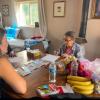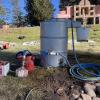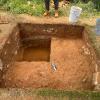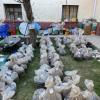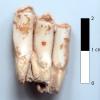Birds, Reciprocity and Knowledge Exchange in Northern NM : Zooarchaeology and Oral Histories at Picuris Pueblo
Based on oral historical interviews funded in part by the Stahl Fund conducted in August of 2024, this talk explores community and Indigenous values and memories about birds at Picuris Pueblo. This oral historical research is part of a larger investigation into avian-human relationships at Picuris Pueblo in tandem with a legacy collection of avifaunal remains from the 1960s excavations at the pueblo.






